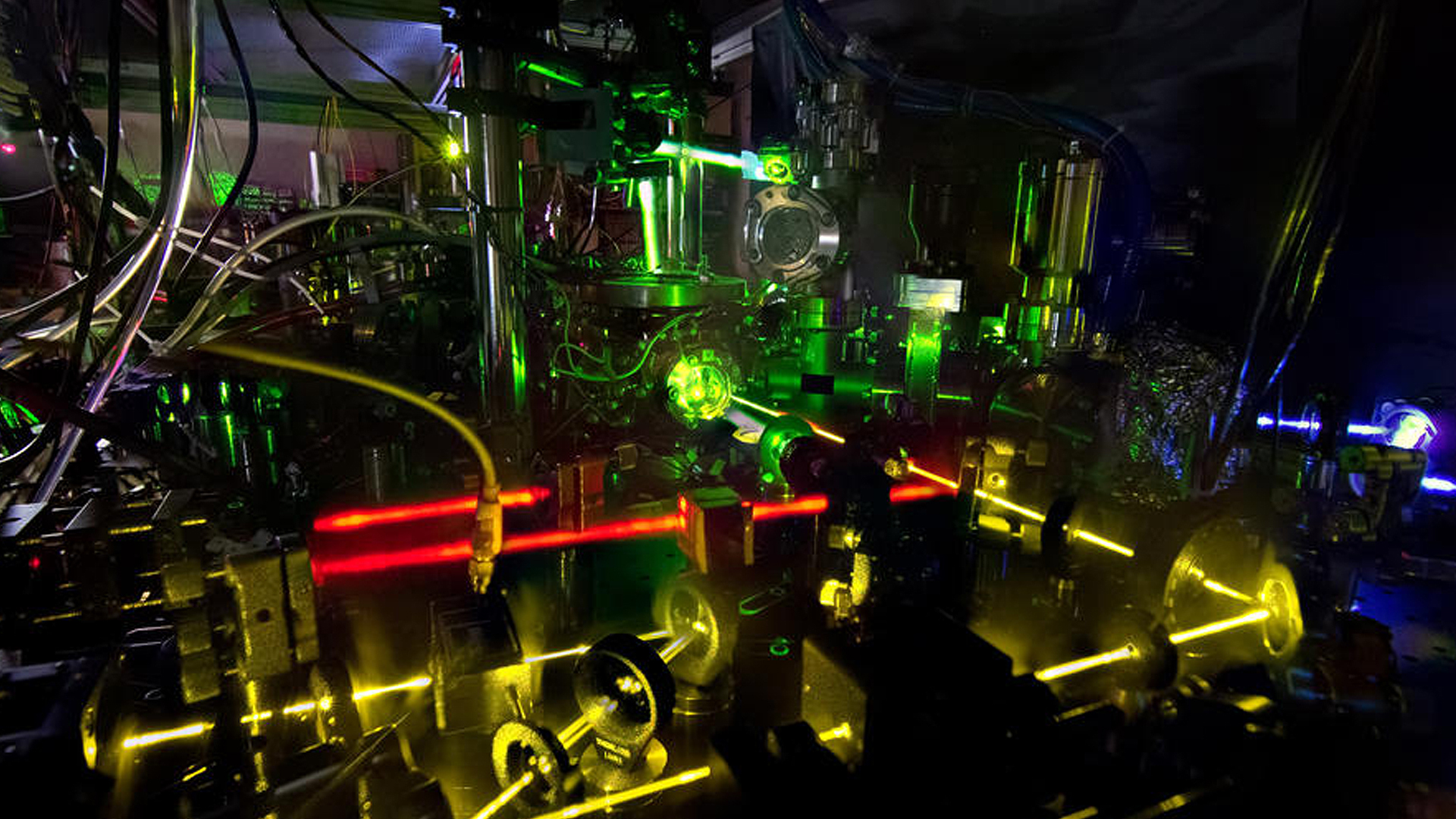Timekeeping is one of the pillars of modern civilization, instrumental in navigation, communication, and scientific research. The emergence of atomic clocks has significantly altered our understanding of time measurement, particularly when juxtaposed with traditional mechanical and quartz clocks. This article delves into the intricacies of atomic clocks, their unparalleled precision, and their comparison with standard clock mechanisms.
At the outset, it is crucial to define what constitutes an atomic clock. These sophisticated instruments exploit the fixed frequencies of electromagnetic radiation emitted or absorbed by atoms when they transition between energy states. The most commonly used atomic clock incorporates cesium or rubidium atoms as they produce exceedingly stable oscillations. For instance, a cesium clock marks the second based on the transitions of cesium-133 atoms, establishing that 1 second is equivalent to 9,192,631,770 cycles of this radiation. This foundational definition sets the stage for a deeper exploration of temporal accuracy.
In contrast, conventional timekeeping devices—be they mechanical, quartz, or even digital—rely on oscillatory behavior of physical systems, such as pendulums in mechanical clocks or quartz crystals in electronic timepieces. Mechanical clocks are limited by their components’ physical wear and influence from environmental factors. On the other hand, quartz clocks, which dominate consumer electronics, are relatively more stable but still fall short in precision when compared to atomic standards. Their timekeeping relies upon the regular vibration of quartz crystals, generally achieving accuracy within a few seconds per month.
Examining the accuracy of these devices, atomic clocks are the unequivocal champions. An atomic clock’s margin of error can be as minuscule as one second every 30 million years, a staggering level of precision that outstrips quartz clocks, which can deviate by seconds each month. Such precision translates into profound implications, particularly in fields like global positioning systems (GPS), telecommunications, and international time standards. The reliance on atomic clocks has revolutionized these sectors by providing synchronization across vast distances.
Furthermore, the advancement of technology has yielded several varieties of atomic clocks. Hydrogen maser clocks, for instance, are widely used in radio telescopes and GPS satellites due to their rapid timekeeping capabilities. They can achieve an accuracy of about 1 second every million years. Another intriguing type is the optical lattice clock, which utilizes lasers to trap atoms in a lattice formation, greatly enhancing stability and precision. Some optical lattice clocks have reached accuracy levels surpassing those of traditional atomic clocks, exploiting the swift oscillations of light rather than microwaves. The evolution of these diverse atomic clock technologies illustrates the ongoing pursuit of precision in timekeeping.
Moreover, the concept of relativity introduces an additional layer of complexity to the discussion of clock accuracy. According to Einstein’s theory, time is not an absolute measure; it is influenced by velocity and gravitational fields. An atomic clock situated in a stronger gravitational field, for instance, ticks differently compared to one at higher altitudes where gravitational pull is weaker. This phenomenon, known as gravitational time dilation, emphasizes the importance of atomic clocks in relativity studies. Therefore, not only are atomic clocks faster and more precise, but they also embody the relativistic characteristics of time itself.
Considering the implications of these findings highlights the broader relevance of atomic clocks in contemporary scientific endeavours. In the realm of experimental physics, atomic clocks facilitate tests of fundamental physical theories. They serve as crucial instruments in research on the potential variability of fundamental constants. Furthermore, high-performance atomic clocks are instrumental in advancing the development of quantum technologies, where precision timekeeping is pivotal in processes involving quantum states.
Yet, while atomic clocks reign supreme in accuracy, traditional clocks retain their significance in everyday contexts. For the average consumer, quartz clocks represent affordability and convenience, fulfilling requirements for routine timekeeping. Timepieces that adorn homes or wrists do not necessitate the exactitude of atomic precision. In this regard, the strategic differentiation between the two types serves to highlight the adaptability of timekeeping technologies to the diverse requirements of society.
In summary, atomic clocks are unequivocally superior to normal clocks in their capacity for precision and accuracy. The difference is not merely a matter of speed but also of reliability and significance in various scientific applications. As technology continues to evolve, the gap between atomic clocks and traditional timekeeping mechanisms will likely widen, embedding atomic timekeeping deeper into the fabric of modern science and daily life. As we venture into increasingly complex realms of physics and technology, it becomes ever more apparent that our understanding of time—and our tools for measuring it—remain fundamentally intertwined with the advancement of human knowledge and civilization.
As we look ahead, the legacy of atomic clocks, and their subsequent innovations, will undoubtedly shape the future of timekeeping, inviting us to ponder not only the nature of time itself but also our place within its continuum. The revolution in precision will continue to have far-reaching implications, pushing the boundaries of human endeavor forward, transforming industries, and enhancing our understanding of the universe at large.












